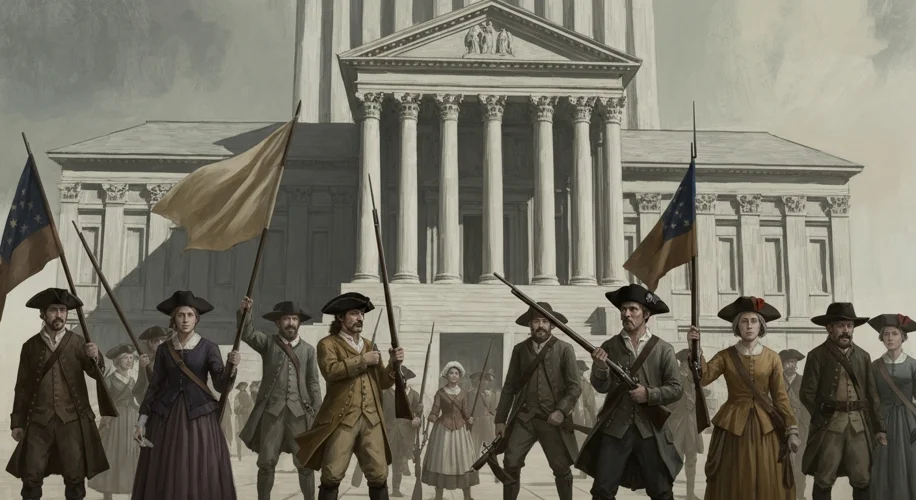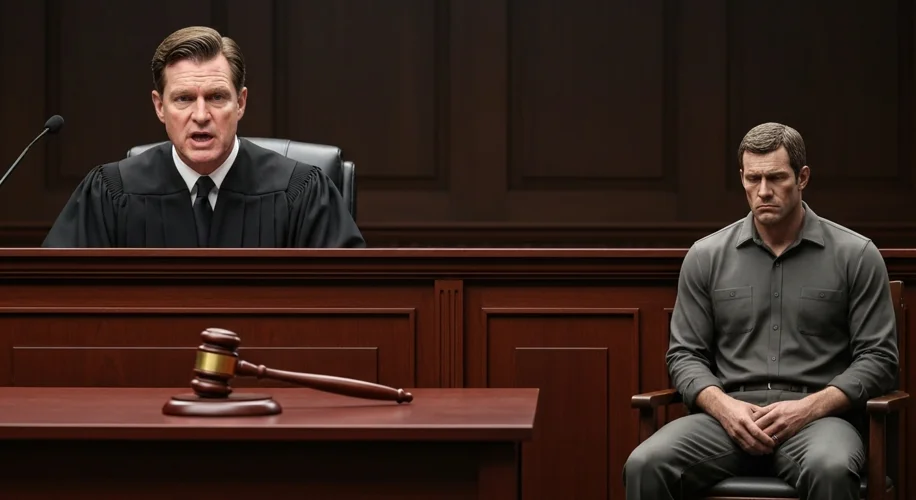The news reverberated through the halls of justice and beyond: Ammon Bundy, a figure synonymous with recent armed protests against federal authority, was ordered to pay a staggering $52 million in a civil court judgment. As of August 7, 2025, this verdict underscores a familiar tension in the American narrative – the clash between individual liberty, property rights, and the expansive power of the federal government.
Bundy’s name became etched in the modern consciousness following the 2016 occupation of the Malheur National Wildlife Refuge in Oregon. For 41 days, he and his followers held the refuge, asserting their interpretation of constitutional rights and challenging federal land management. The standoff, marked by its defiance and the eventual arrest of Bundy and others, was a dramatic spectacle that captivated the nation. It wasn’t an isolated incident; it was a chapter in a longer, more complex story of civil disobedience and armed protest that stretches back to the very foundations of the United States.

The roots of this confrontation run deep. Consider the Whiskey Rebellion of the 1790s, a visceral response by Western Pennsylvania farmers to a federal excise tax on distilled spirits. They saw it as an overreach, a burden that threatened their livelihoods. Protesters, some armed, intimidated tax collectors and engaged in acts of violence, mirroring the spirit of resistance that fueled the American Revolution itself. President George Washington, determined to assert federal authority, ultimately dispatched a militia force, a stark demonstration of the new nation’s commitment to enforcing its laws.
Fast forward to the mid-20th century, and the echoes of defiance continued. The Civil Rights Movement, while largely peaceful, saw moments of intense confrontation as activists challenged segregation and discriminatory laws. Figures like Rosa Parks, whose refusal to give up her seat on a bus sparked the Montgomery Bus Boycott, exemplify a profound form of civil disobedience that, though non-violent, directly challenged unjust authority. Yet, other movements, born from grievances over land rights, resource control, or perceived government overreach, have taken more confrontational, even armed, approaches. These actions, while often driven by deeply held beliefs, inevitably lead to legal battles and significant consequences for participants.
The Bundy family’s activism, including the 2014 standoff at their Nevada ranch and the Oregon refuge occupation, are modern manifestations of this historical pattern. Their arguments often center on states’ rights, the unconstitutionality of federal land ownership, and the belief that local control should supersede federal authority. For Bundy and his supporters, these actions are principled stands against what they perceive as tyranny. For the government and many observers, they represent a dangerous disregard for the rule of law and a threat to public safety.
The $52 million judgment against Ammon Bundy is not merely a financial penalty; it is a legal consequence stemming from actions taken during the 2016 Oregon standoff. The specific details of the lawsuit and the court’s decision would elaborate on the nature of the damages awarded. However, the sheer size of the judgment signals the severity with which the legal system views the events and their impact. It raises questions about the ability of individuals to sustain such financial burdens and the long-term implications for activism that strays into direct confrontation with federal authority.
This ongoing saga, from the Whiskey Rebellion to the Malheur occupation and the recent judgment, reveals a persistent thread in American history: the tension between individual liberty and collective order. While the methods and specific grievances evolve, the fundamental debate over the scope of government power and the right to resist perceived overreach remains a defining characteristic of the American experience. Bundy’s case, with its substantial financial repercussions, serves as a potent reminder that while protest is a cherished right, its exercise carries significant legal and societal consequences, echoing through the annals of American defiance.

